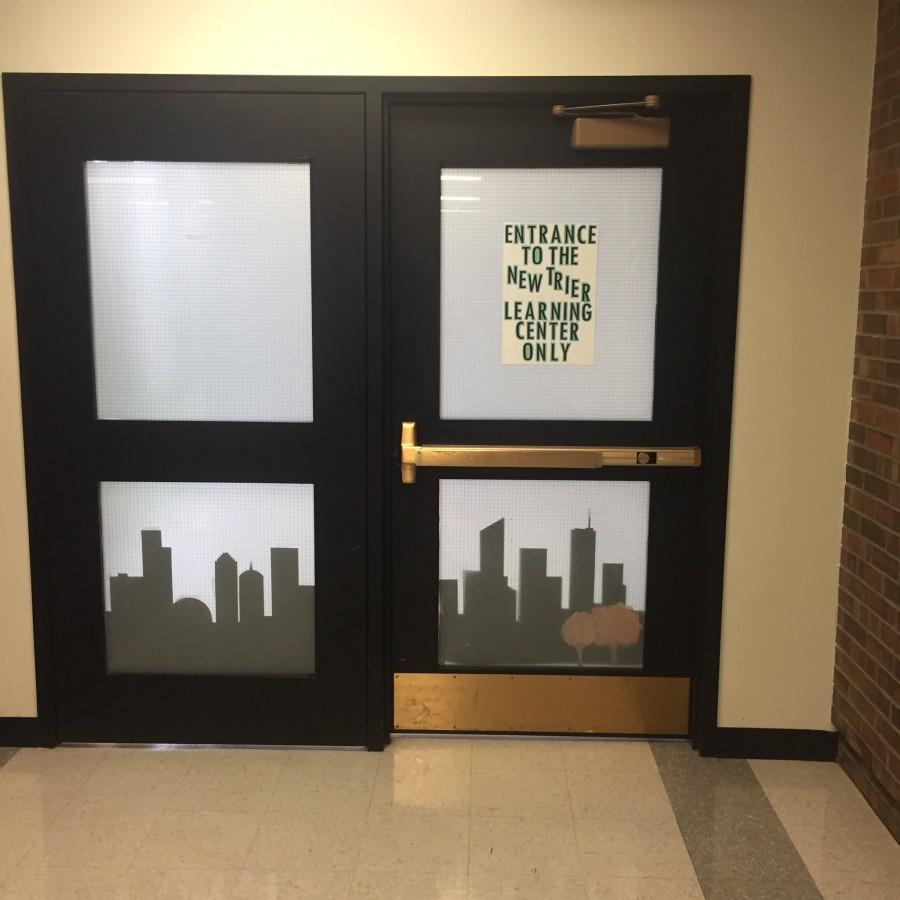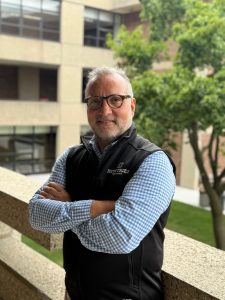The Learning Center helps students stay on track
The Center serves as a safe haven for alternative students
April 29, 2016
Students walking out of the frosted doors into the upper floor of the C building feel the eyes of the freshmen staring at them.
Often these stares convey the common misconceptions and prejudices that label the students in the Learning Center, commonly known as “the Cage” to many students.
Contrary to those misconceptions, the Learning Center does not harbor pregnant or violent students. Nor is it an in-school rehab facility.
The Learning Center is a therapeutic classroom setting for students battling emotional issues such as anxiety and depression.
“The Learning Center is for the kids who just need a place to pull themselves together for a little bit,” Learning Center department chair Deborah Kind said. “We tend to get students who are high achievers, who are concerned that they are not living up to their personal expectations.”
Jessica Reimer, one of the four teachers at the Learning Center, described some of the struggles her students face. “We have students whose anxiety trickles into their other classes making it difficult for them to be successful,” Reimer said.
The Center offers many accommodations to help students who struggle with anxiety and other issues while still keeping up with their school work.
Two social workers are always available to help the students, and teachers work together “to help students learn better coping mechanisms,” according to Kind.
The Learning Center offers a small classroom setting with 4-8 students typically in each class. The hallways of the Center are plastered with artwork by current and former students, and a recreation room complete with a ping pong table and a couch adds to the relaxed setting of the Center.
“The Learning Center is a small community,” Reimer said, “the small environment gives everyone the chance to develop more of a relationship with other students and teachers.”
An anonymous junior attending the Center said about entering the program, “My grades immediately went up, and living life got a lot easier. Anxiety kept me from going to school for a whole semester of sophomore year, but once I got to the Learning Center, the welcoming atmosphere helped me a lot.”
The goal of the Center is either to help kids return to the mainstream, or to prepare them for post-high school plans. To ensure that their students are able to return to regular classes, the curriculum of the Center is very similar to that of the main campus.
“We get the curriculum from the main academic departments because the idea is for students to return to the mainstream,” Kind said.
The positive effect of the Learning Center on struggling kids’ lives is visible in those who exit the program.
Kind described a college student who was in the program during her high school years, and credited the program and anatomy class in changing the course of her life.
She is now studying to be a veterinarian. “We have students who come back that say our program changed their lives,” Kind said.
Despite the opportunity the Learning Center gives to struggling students, misconceptions about the program are common.
“A quandary that we face is how can we help people understand who we are without jeopardizing the privacy of our students,” Kind said.
Many of the students have misconceptions about the purpose of this “third campus.”
“I’ve just heard that people either go there if they’re pregnant, or if they have problems at home, or they get sick all the time and they can’t go to school,” junior Sophia Pellar said. “It’s weird because nobody ever talks about it. Nobody really knows what it’s for.”
Freshman Meghan Dwyer echoed Pellar’s view. “I heard it’s for people who have, like, drug problems or are pregnant.” Dwyer said.
An anonymous junior who attends the Center said, “One of my family friends found out I was in ‘the Cage’ and asked me what horrible thing I had to do to get in there. They saw it as a punishment.”
At the root of these misconceptions are the frosted doors that mark the entrance to the Center. These doors were blurred with the intent of maintaining the privacy of the students within the program, according to Kind.
Tiffany Myers, the head of the Social Work department, who also worked at the Learning Center for four years responded to the fallacies that have been spread about the Learning Center. “People saw things like the locked doors and assumed that students were locked inside, when really the doors are locked to keep freshmen out.”
“Any time you put a cloak on, people get weird ideas,” Kind said, “We’d like not to be this mysterious place, but the kids don’t want to be seen, so that makes it hard.”
Senior Lily Lyman believes that the misconceptions about the Learning Center will fade as students understand the purpose of the program. “Many students at New Trier aren’t sure what ‘the Cage’ really is and what it means to be in it. I don’t think we call it ‘the Cage’ to purposefully make fun of these students, but as we begin to know more about what it is, I think we will all rethink how we talk about it.”













































